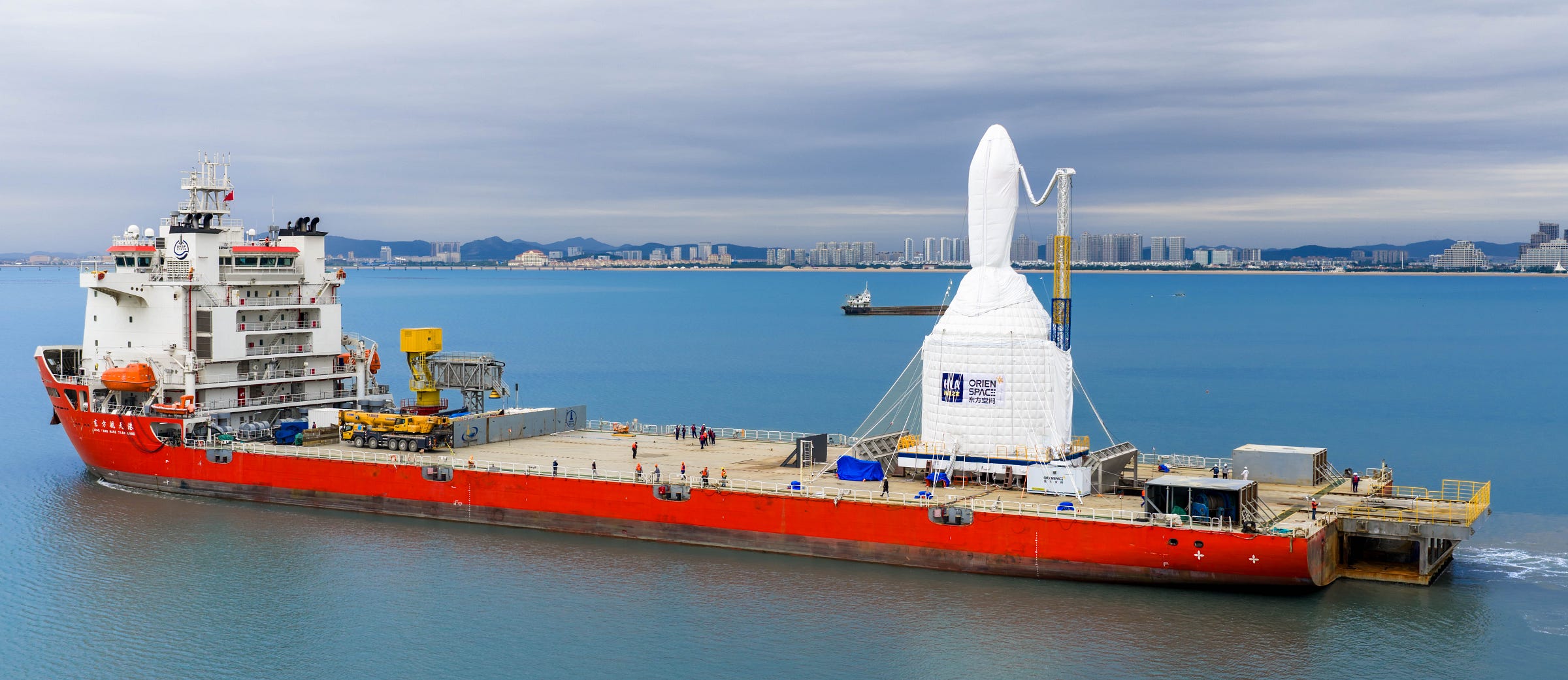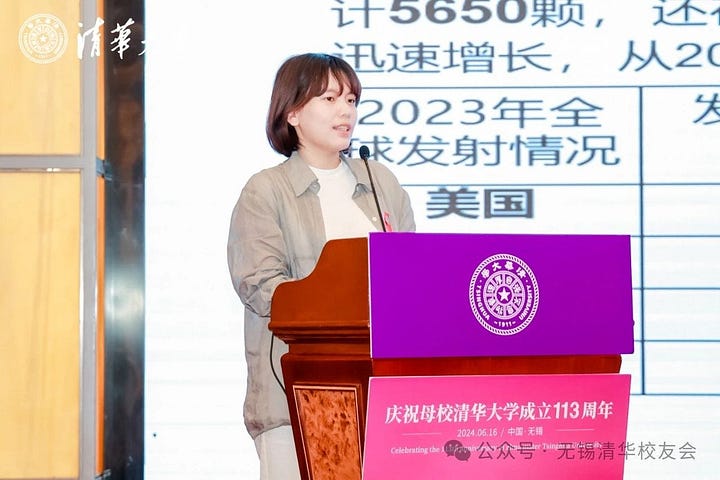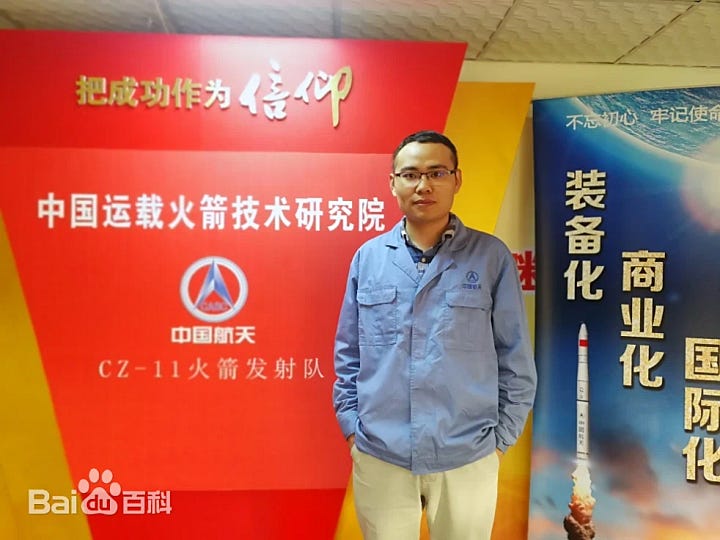Orienspace Outlines Path Forward for Gravity-1, ExPace Sees Majority Stake Sale
Company goals would have the massive solid rocket fly on a quarterly cadence.

Gravity-1, Orienspace’s 6,500-kilogram-lifting solid-fuelled launch vehicle, has now flown twice through two test flights, carrying three small satellites each. The first flight of the rocket proved that it worked as a launch system, while the second demonstrated a complex flight profile, flying south before pivoting southeast.
However, those flights occurred almost two years apart, so naturally, the company is looking to speed up preparation times and reduce costs. To provide details on how Orienspace may do that, Peng Haomin (彭昊旻), company Vice President, sat down for an interview with business-focused outlet The Economic Observer (经济观察报) in the days after Gravity-1’s second flight.
But before we continue, a major driver of that gap worth recounting is internal leadership drama that came to a head in December 2024, when the then Co-Chief Executive Officer Yao Song (姚颂), one of the Co-Founders, was censured as just a financing leader, along with rumours of a dismissal. Orienspace did not comment on the drama, but in the months after Co-Founder Bu Xiangwei (布向伟)1 was made Chief Executive Officer from his position of Chief Technology Officer, while Co-Founder Peng Haomin2 added Vice President to her company title, while being its ‘indirect’ majority shareholder, as Yao departed. Leadership’s drama played out between late 2024 and early 2025, delaying operations across the launch company as management moved departments or had double the responsibilities.


Focusing back on the Peng’s interview, she shared that Gravity-1’s third flight will represent a significant milestone in the rocket’s commercial maturity. The rocket is said to be at Orienspace’s Haiyang Oriental Spaceport (海阳东方航天港) assembly facility in a nearly ready-to-launch state, for a flight targeted before the end of the year. Unlike the first two flights, this mission will demonstrate the rocket’s full lift capabilities, according to her. That may be for expanding a constellation, contracted around the Gravity-1’s first flight when ’hundreds’ of satellites were supposedly on the books.
Starting with the third flight, Peng says that Gravity-1 launch vehicles are going to be produced and prepared simultaneously, moving away from the sequential process used for the first two flights. That change has come from confidence in the vehicle via its successes to date. Additionally, reviews of some hardware set for 2026 flights have already been completed, with Peng adding that four missions are a goal next year through a quarterly cadence.
Gravity-1’s simultaneous pre-flight processes are expected to yield significant cost reductions, according to Peng, as the first two flights achieved costs of around 40,000 Yuan (5,600 United States Dollars) per kilogram, for approximate launch costs of 260 million Yuan (about 36.51 million United States Dollars, as of October 20th). Within a few years, it is expected that the new process will reduce costs by a further ten to fifteen percent, as fixed costs (like employee salaries and electrical power from the grid) are spread across multiple launch vehicles being built concurrently. She also angled Gravity-1 as a launch solution for satellite constellations, leaning on its 6,500-kilogram payload capacity and reduced cost in the near future in comparison to other commercial launch solutions, which, if solid, are smaller and if reusable, have yet to fly, as well as being unproven.
In another interview published the same day, this time with China Daily, Peng Haomin spoke of using Orienspace’s solid propellant launch vehicle as a responsive launch solution, replacing lost imaging satellites or delivering emergency cargo to space stations. With China Daily, she shared:
“We have established infrastructure at the Haiyang spaceport to handle assembly, testing and prelaunch work for the Gravity-1. These facilities, along with the rocket’s all-solid-fuel design, enable us to carry out a launch on short notice — in emergency situations, within 24 hours.”
This is not the first time Orienspace has suggested using Gravity-1 as an emergency launch solution, but the time to do so has been extended from five hours to one day.
Meanwhile in other solid rocket news, following some rumours last month of Sichuan (四川) province looking to acquire a major stake in a launch company, Chinese space bloggers Hello Space (你好太空) have found, through exchange listings, that 30.66 percent of ExPace has been sold. According to relevant listings, the company that the China Aerospace Science and Industry Corporation, a state-owned space and defence contractor, used to control ExPace had a 56.4347 percent stake, with most of that, and the largest share majority, being sold to Sichuan Provincial Science and Technology Innovation Investment Co Ltd (四川省科技创新投资有限责任公司).
Hello Space also learned, according to their sources, that Sichuan’s acquisition of a majority share is related to the research and development of launch vehicles. That should be for locating ExPace’s production of future reusable Kuaizhou launch systems (not the expendable Kuaizhou rockets) to the province.
In the lead-up to the acquisition, Sichuan has been aiming to foster a provincial space cluster through attracting existing space enterprises and new ones via a favorable policy environment. About a year ago, the province set aside a billion Yuan (approximately 140.3 million Dollars) to explore expanding the Xichang Satellite Launch Center to accommodate liquid-fuelled commercial launch vehicles.
According to his Baidu page, before Co-founding Orienspace Bu worked as a designer of the solid-fuelled, and sometimes sea-launched, Long March 11 launch vehicle structures. As Orienspace’s Chief Technology Officer, he managed the development of Gravity-1 and worked on unspecified systems for the upcoming partially reusable Gravity-2.
According to her Baidu page, she studied Physics at Tsinghua University (清华大学) and Computational Biology at Stanford University, with experience innovating and internationalizing some of China’s autonomous driving and high-tech investment capabilities. Under Yao’s tenure, she managed engine development for the company’s planned reusable launch vehicle, being named on the vast majority of related patents.


